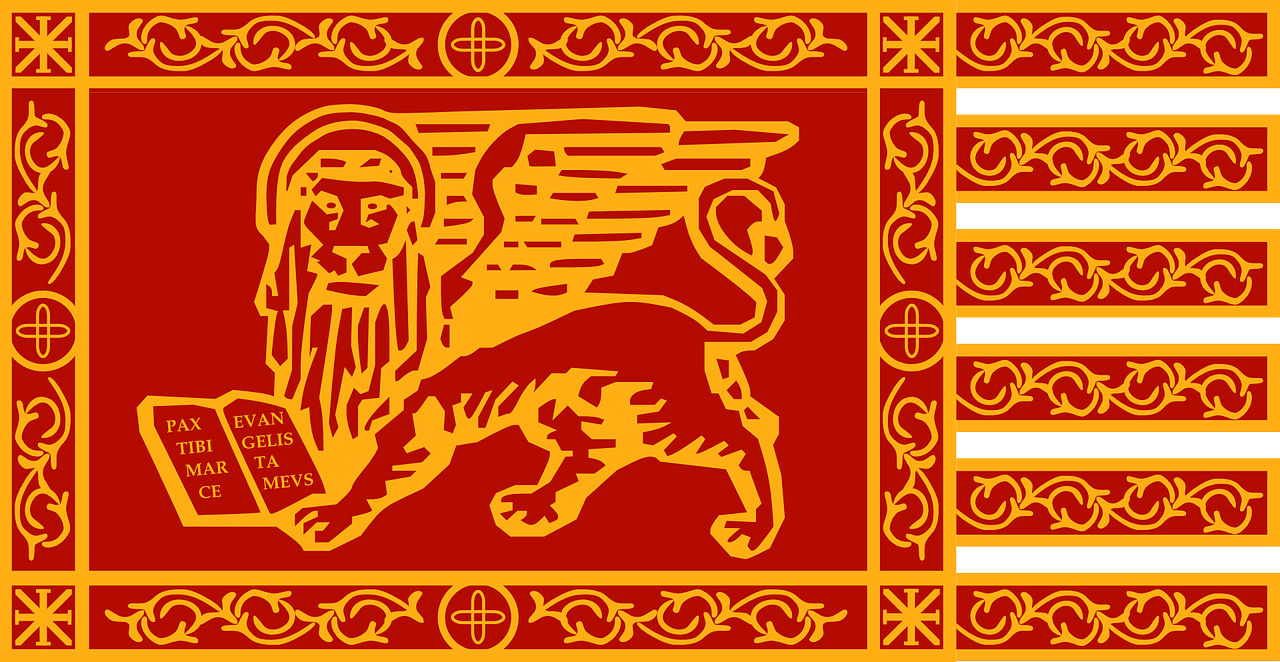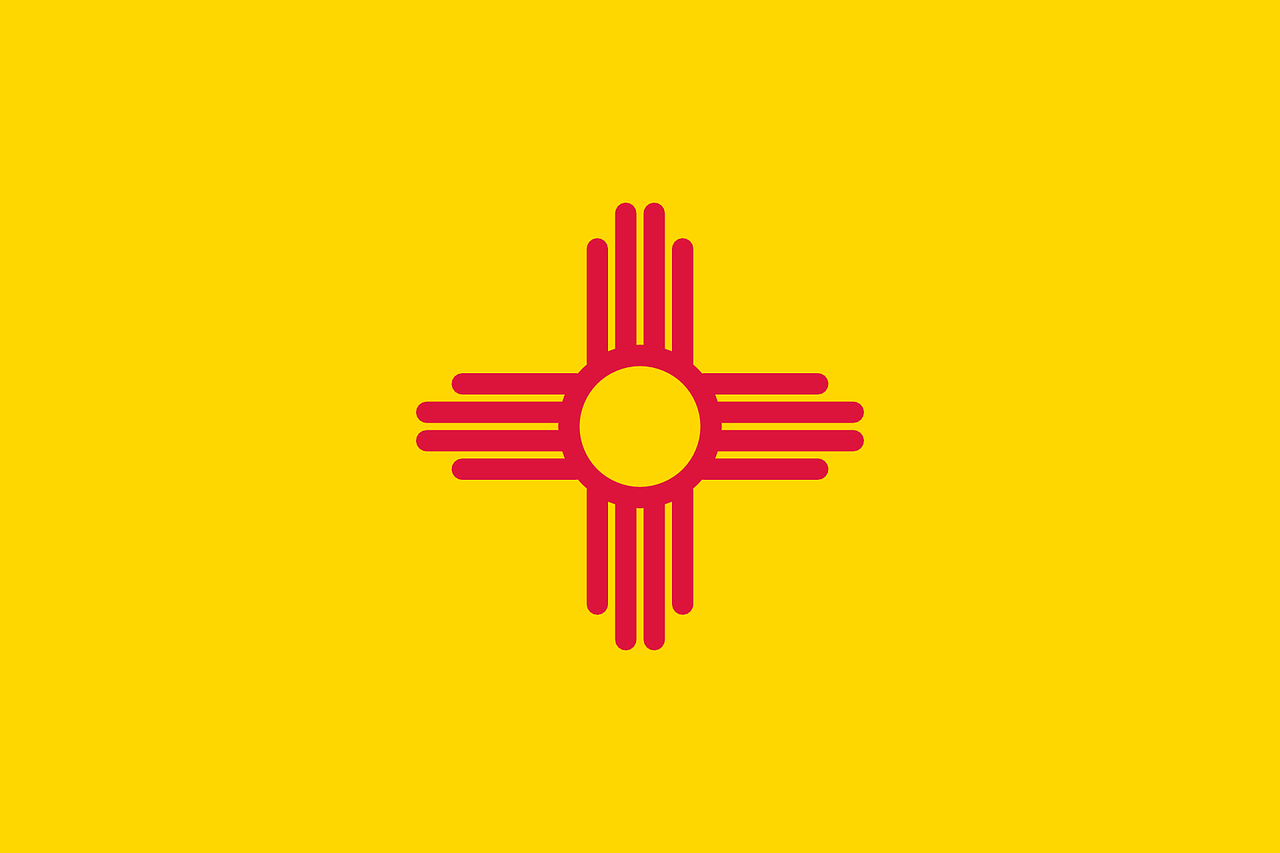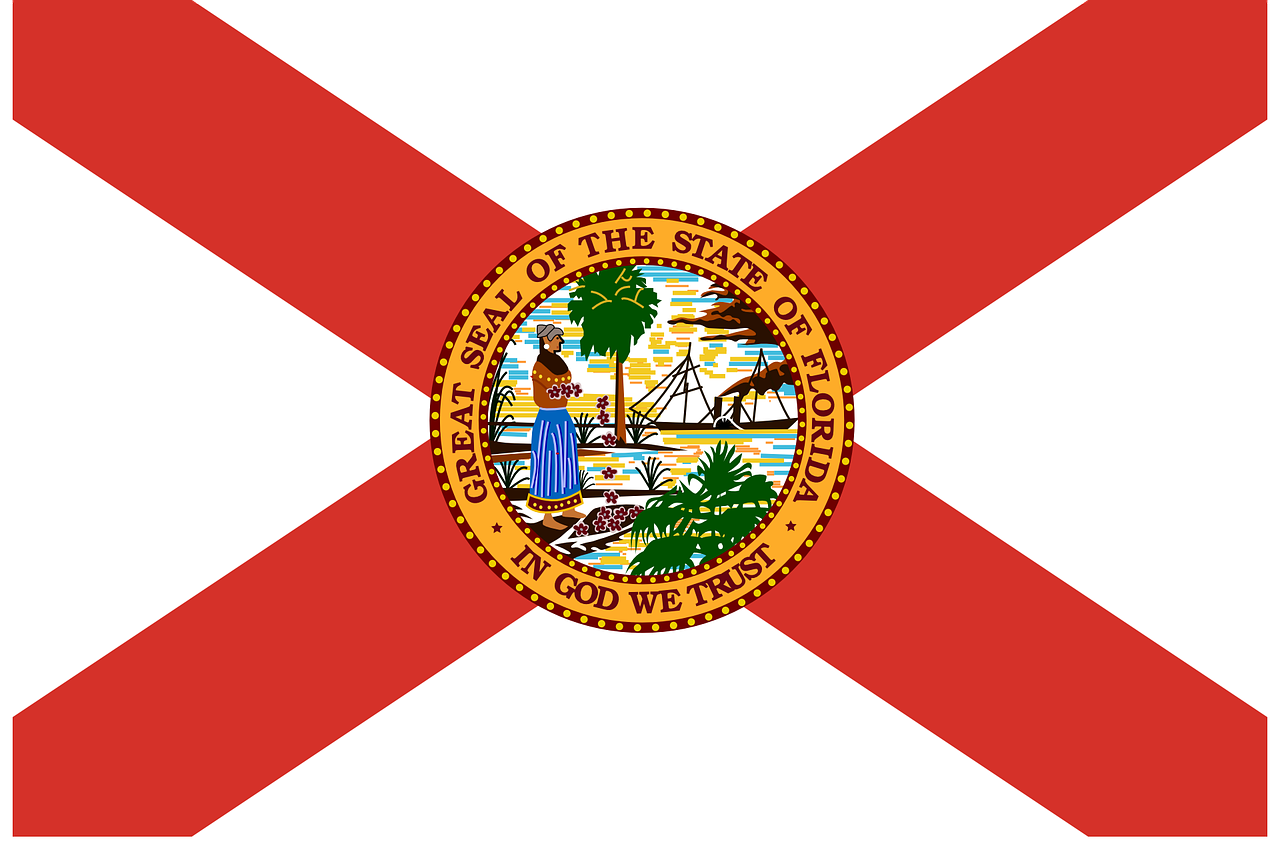Vexillology is the study of the history, symbolism and usage of flags or, by extension, any interest in flags in general. The word is a synthesis of the Latin word vexillum (which refers to a kind of square flag which was carried by Roman cavalry) and the Greek suffix -logia ("study"). The first known usage of the word vexillology was in 1959. A person who studies flags is a vexillologist, one who designs flags is a vexillographer, and the art of designing flags is called vexillography. One who is a hobbyist or general admirer of flags is a vexillophile.












